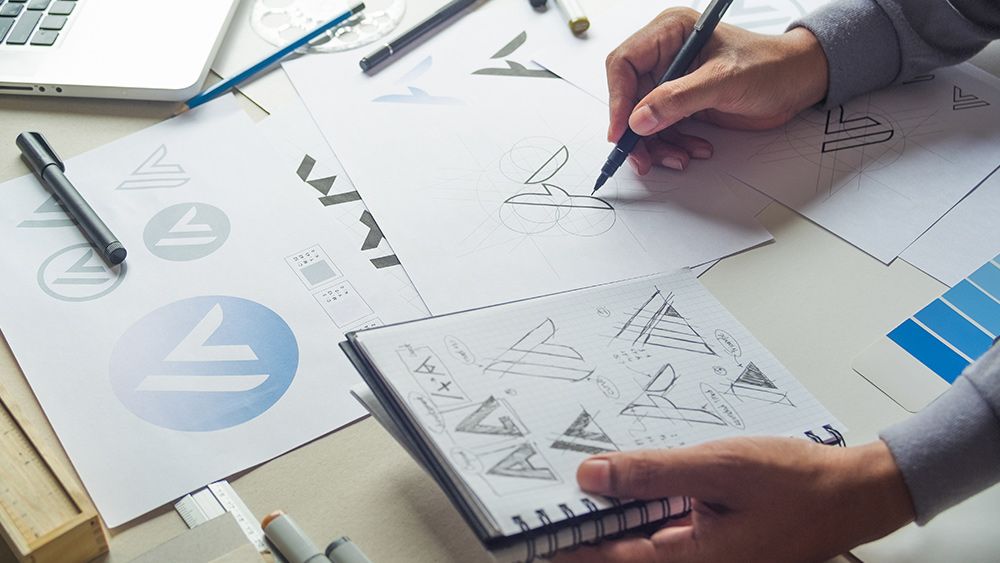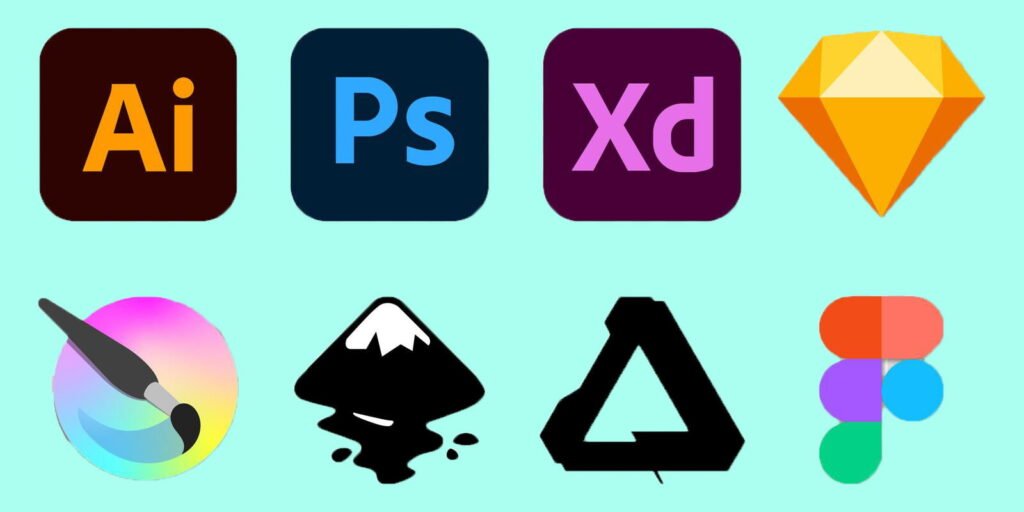Table of Contents
A design degree may appear to be the best and safest way to begin a career as a graphic designer since it provides both a theoretical background and the necessary certifications for employment. But is it the only way to break into the industry? Indeed, many junior designer positions are based primarily on a candidate’s portfolio and experience rather than their qualifications.

Studying for a design degree has its own set of challenges and drawbacks, not least the fact that it will occupy three to four years of your life and cost a significant amount of money.
So, if you find out (or decide) that you won’t be studying design at college or university, here are 10 things you can do to ensure your ambition comes true.
01. Take the time to hone your skills.

Graphic design is a vast field that includes a variety of specialties. A graphic design degree might provide you with a solid foundation in many of these fields but if you don’t want to pursue a degree, you might concentrate your efforts on a certain specialization. Developing a better understanding of a certain skill set may provide you with a competitive advantage.
Logo design is a field that is always in demand and is ideal for people who are interested in the communication theory that underpins consumer behavior. If you’re more interested in technology than pencil and paper, mobile app and website design are two more areas where a specialization might help you succeed.
02. Mastering the software

You can’t completely avoid technology in the professional design world, whether you like it or not, so it’s a smart idea to start learning it today. Even designers who like to work with conventional materials will be forced to generate digital copies or work on project modifications remotely using internet platforms.
Get Adobe Creative Cloud now
The obvious software choices are Adobe Photoshop and Illustrator (as well as InDesign for those who plan to work in print). When a design degree is not available, a good grasp of one or both is a valuable advantage.
When it comes to both, there are options to self-teach or learn online. Some of the most popular in-depth tutorials can be found on PSDTuts and TutsPlus, but there are many more to pick from.
03. Invest in the tools

Whether you have a degree or not, your computer and software will be two of the most important aspects of your professional graphic design work. Because software like Photoshop necessitates a lot of speed and storage from an operating system, it’s a smart idea to get a new computer.
The biggest challenge tends to be choosing between a PC or Mac. Mac is most commonly used among professionals and in design agencies, but the purchase ultimately comes down to budget and personal choice – take a look at our guide to the best laptops for graphic design to start making your choice.
04. Learn how to write
Okay, this may sound off-topic, but a designer’s work includes more than just taking care of the photographs and making things appear nice. A great designer recognizes that effective design is about the relationship between pictures, colors, and words, and will have some copywriting skills.
There are several online blogs and conventional design books dedicated to writing for design, so familiarize yourself with the principles and consider substituting the ‘Lorem Ipsum’ language in your next design drafts.
05. Develop your style
Whether you’re looking for an in-house job or starting your own freelancing firm, your own style may often be the deciding factor in your success as a graphic designer. Of course, as you practice with numerous methods, your own particular favorite will emerge.
Once you’ve discovered your style groove — the intersection of what you’re good at and what you love to concentrate on – it’s time to start polishing it. Taking other people’s work and recreating it as your own is an excellent approach to practice your style. After that, you may start making projects from scratch in your own manner.
06. Build an online portfolio
While this post illustrates how you may work in graphic design without a degree, there is one thing that cannot be avoided: the requirement for a design portfolio. It might be difficult to develop a portfolio from the ground up when you don’t have any educational projects or professional experience to draw upon.
Using poorly designed logos, websites or posters alongside your own, improved versions is one technique to demonstrate both design philosophy and promote your designs at the same time. Then you’ll be able to describe the problems and why your design is superior. Be sure to only save your finest work for the portfolio presentation.
It’s a personal choice whether your portfolio should be printed or re-posted online, but you should at least have a shop front’ on the internet, even if it’s only a sample of your work. Online sites like Dribble and Behance provide a large amount of networking and inspiration in the industry, and a website is a simple business card to reach a market of millions.
07. Get to grips with user experience
User experience design (or UX) is the process of producing products that are designed with both usability and user enjoyment in mind. That is to say, it contains branding and design components as well as actual usability and function.
This is a crucial topic for designers to grasp since they will frequently be working aesthetically alongside web designers or app builders, who will want the designs to represent important principles like screen design, evoking emotional reactions, and ease of use.
08. Learn the business of design
Graphic design is a creative job, but like all professions, it operates within a business environment. That means there are skills you can bring to a role in the industry that lies outside the theoretical or practical teachings of a degree course.
Skills like client negotiations, designing to briefs or writing business development proposals, as well as learning how design work is costed, how time is tracked and all elements that go into design contracts.
Reading design blogs and keeping up with the newest recommendations from professionals who deal creatively with clients may teach you a lot of this.
09. Don’t forget the theory

All of this hands-on experience and market research will go a long way toward preparing you to compete with design degree holders. However, it would be naive to believe that not studying for a degree entails a complete disregard for theory.
It’s still necessary to understand design principles and many of them may be self-taught via reading and study. You may split down the ideas into categories and start simple, such as with color theory. Or you could look into a more structured course such as the TutsPlus graphic design self-study course.
10. Get a job as a designer
It will ultimately become important for you to get real-world employment experience in order to advance your knowledge, talents, and portfolio. This may appear to be a catch-22 situation (a job without experience, experience without a job), but there are inventive methods to uncover these chances, even if you’re just starting out.
Getting recognized and acquiring industry experience may be as simple as researching organizations you’re interested in working for, interacting with individuals through networking sites like LinkedIn, pitching for internships, or mentoring.





Add your first comment to this post